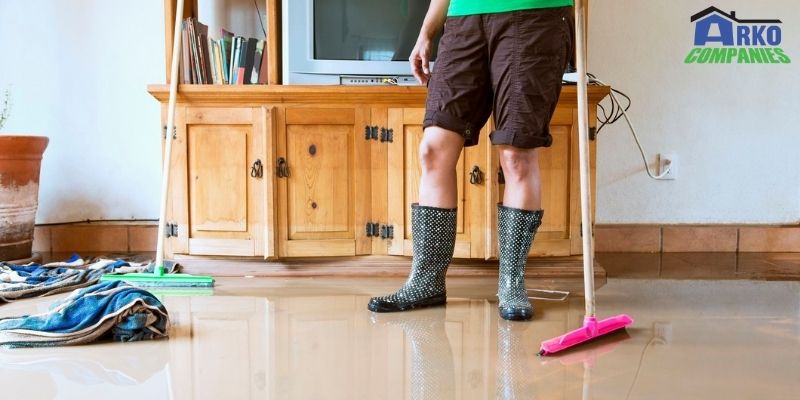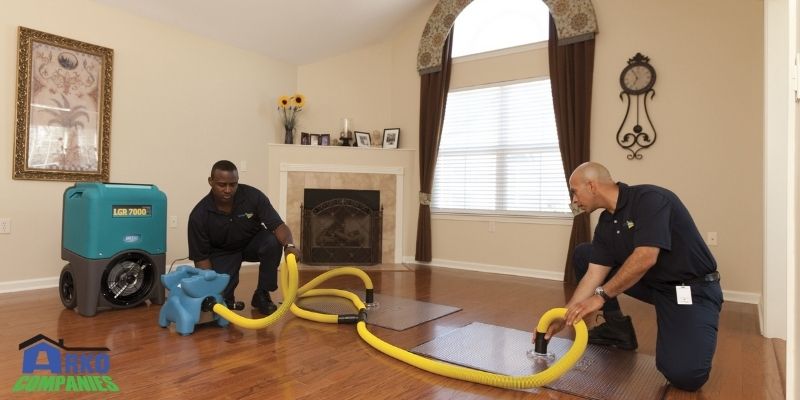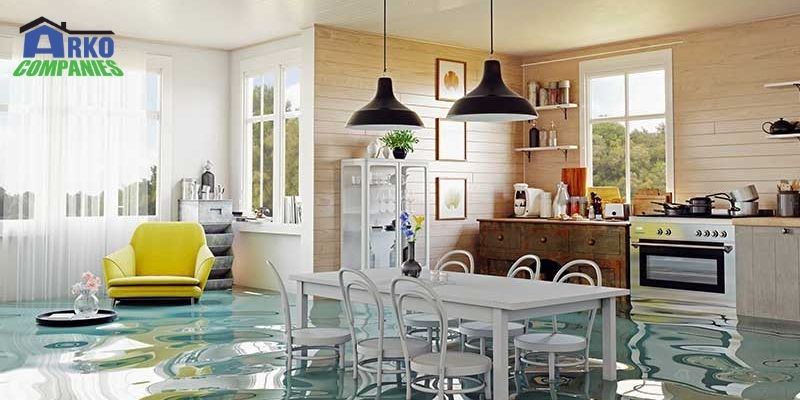Flooding is a common phenomenon for people who live in areas where they get a lot of rain, live near a body of water, or have their house built at a lower elevation than other surrounding homes. Did you know that flooding is one of the most common natural disasters people experience in the U.S.? Flooding can be controlled by regulating the flow of water, but only to a certain extent.
Flooding may occur thanks to Mother Nature, but homes can also experience burst pipes, plumbing issues, or even an unstoppable water flow from the washing machine.
Here are some essential things to do if your house is flooding…
#1 Ensure The Safety Of Your Family:
First things first! Ensure that you and your family are safe during natural disasters. Sometimes you might have to leave your home if the flood situation is extremely bad. When re-entering the house, make sure you’re wearing safety gear such as rubber gloves, boots, and a protective eye shield. Safety gear will keep you protected from debris and harmful chemicals present in the floodwater. Ideally, turn off the main power line to make sure that water does not come into contact with electricity. If you feel that there is some issue with your gas line, then call the gas company to take care of it.
#2 Try To Remove The Water From Your House:
Your next step is to check all the pipelines and try to drain water from the house. While assessing the damages, if you find that pipelines are broken or the sump pump is malfunctioning, then you should get help from a professional plumber. They will fix the pipes and drain out the excess water. You can also make use of a wet vacuum pump to suck out the water (from the house) and then mop the floors clean.
#3 Focus On Drying The House And Cleaning Up:

When you are sure that water has been removed completely, focus on drying the house. You can make use of heaters or dehumidifiers to dry out the floor and furniture. Once everything is dry, you can assess the damage caused to valuable furniture and other items and get them repaired or replaced. Then clean every nook and corner of the house, including the things that are covered with dirt and other debris. Drying the house is important because you don’t want mold and mildew breeding in moist areas.
#4 Hire A Professional Water Damage Restoration Service Provider:

When you hire professionals, you will not have to worry about anything– they will remove the water, assess the damages, and dry out the house. They will even take care of drying items such as carpets, sofas, and various pieces of furniture. An experienced professional will know how to handle the flood situation!
#5 Document All The Damages Caused To The House And Valuables:
Make a list of all the items that were destroyed or damaged during the flood. Take proper photos of the site (and damages) which you can submit as part of your insurance claim.
#6 Make A Flood Damage Insurance Claim:
When you are about to make an insurance claim for damages, organize all your documents and photos as proof of the damages that have been caused to the property and the valuable things inside. Detailed documentation will be helpful in assessing your claim quickly.
Summary:
No one wants a flooded house but it happens. When it does, make sure all the people and pets involved are safe from harm. Then figure out a way to stop the water from causing more damage. Clean and dry the house. File an insurance claim. If all of this seems too daunting a task, hire a professional restoration company like Arko to do the job for you.

